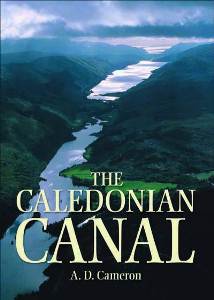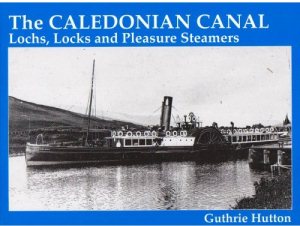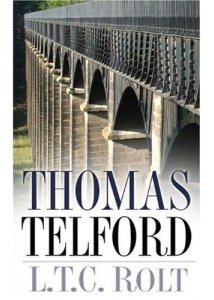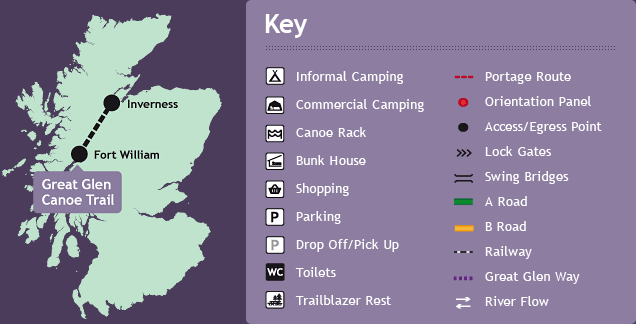More History
There are many fasinating stories and tales from the past telling of the life and times of those living and working in the Great Glen. Here are a few links to some of these fantastic stories.
The Caledonian Canal |
||
 |
||
| Author: | A. D. Cameron | |
| ISBN: | 9781841584034 | |
| Imprint: | Birlinn | |
| Publication Date: | Jan 2005 | |
| Format: | Paperback (222 pages) | |
| Price: | £9.99 | |
| Buy one: | Online | |
Telford's plan, to connect Loch Ness, Loch Oich and Loch Lochy with each other and the sea, was a huge undertaking which brought civil engineering to the Highlands on a heroic scale. Deep in the Highlands, far from the canal network of England, engineers forged their way through the Great Glen to construct the biggest canal of its day: twenty-two miles of artificial cutting and no fewer than twenty-eight locks.
This book has long been recognised as the authoritative work on the canal as well as a reliable and useful guide to the surrounding area. There are intriguing old plans, not discovered until 1992, and a survey of the dramatic rise in pleasure-craft traffic during the last two decades. But the highlight of the recent past was undoubtedly the Tall Ships passing through the canal in stately procession in 1991. Impossible, then, not to feel the fascination of this beautiful waterway: a working piece of industrial history and a remarkable engineering achievement. This book is a fitting celebration of this remarkable feat of engineering.
A.D. Cameron is a retired schoolteacher and lives in Portobello.
Thomas Telford |
||
|
|
||
| Author: | L.T.C Rolt | |
| ISBN: | 0750945761 | |
| Imprint: | The History Press | |
| Publication Date: | June 2007 | |
| Format: | Paperback (288 pages) | |
| Price: | £9.99 | |
| Buy one: | online | |
The son of a shepherd, Thomas Telford was born in Westerkirk, Scotland in 1757. At the age of 14, he was apprenticed to a stonemason. He worked for a time in Edinburgh and in 1782 he moved to London. By this time, Telford had established a good reputation as an engineer and in 1790 was given the task of building a bridge over the River Severn at Montford. This was followed by a canal that linked the ironworks and collieries of Wrexham with Chester and Shrewsbury. On the Pontcysyllte Aqueduct, Telford used a new method of construction consisting of troughs made from cast-iron plates and fixed in masonry. With the success of these structures, Telford began his rise to fame that eventually made him one of the greatest engineers in Victorian Britain. His bridges, aqueducts, roads, and canals combined aesthetic grace with brilliant engineering, and perhaps no other single individual contributed more to making Britain the "workshop of the world."
The Caledonian Canal - Lochs, Locks and Pleasure Steamers |
||
 |
||
| Author: | Guthrie Hutton | |
| ISBN: | 9781840330335 | |
| Imprint: | Stenlake Publishing | |
| Publication Date: | May 1998 | |
| Format: | Paperback (48 pages) | |
| Price: | £7.99 | |
| Buy one: | online | |
The Caledonian Canal was originally cut to link Scotland's east and west coasts by men with an eye to trade. Among its many users were herring fishermen who followed fish migrations coast to coast using the canal as a short-cut. There was also a thriving tourist trade through the canal. Holidaymakers from as far south as Glasgow would sail down the Clyde and the Crinan Canal, then up the west coast and through the Caledonian Canal to Inverness. Thanks to use by Queen Victoria, this became known as the 'Royal Route'. These and other aspects of the canal's history are illustrated with 53 excellent photographs.


